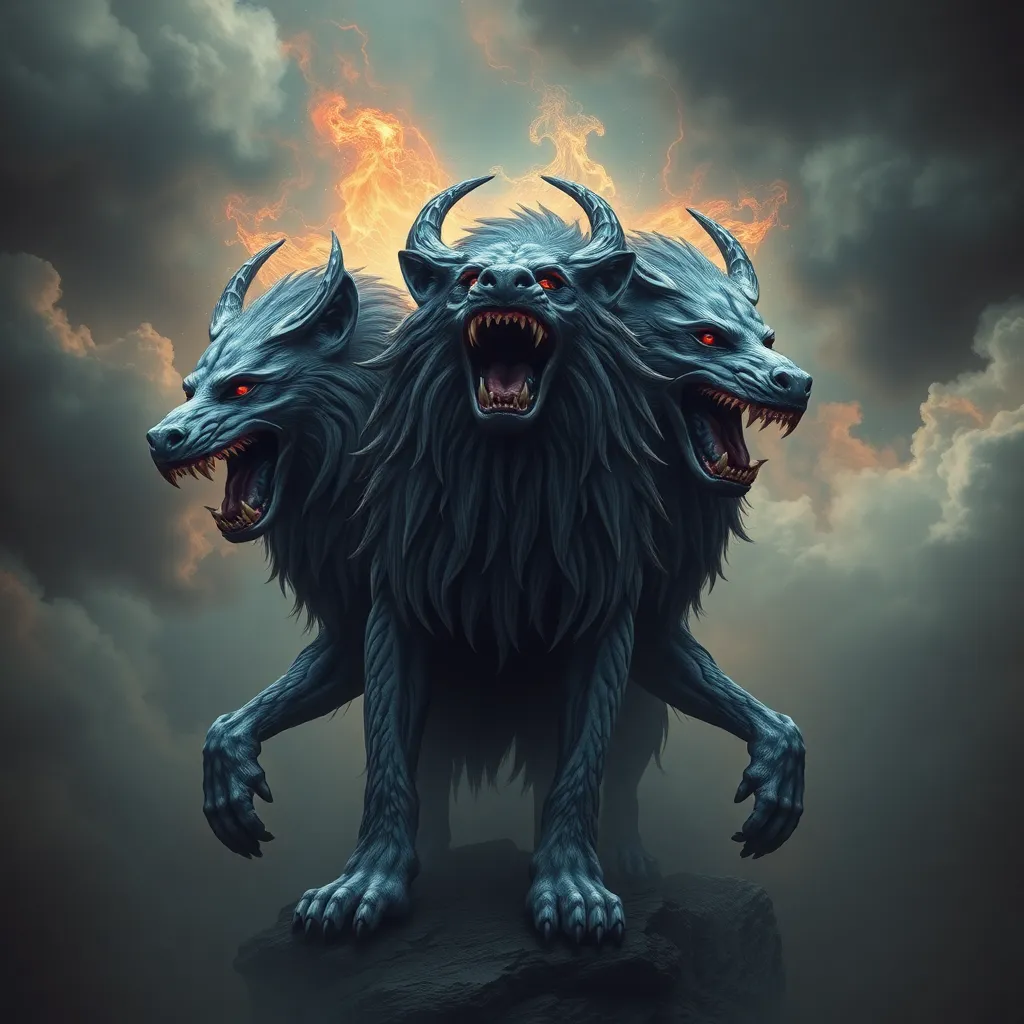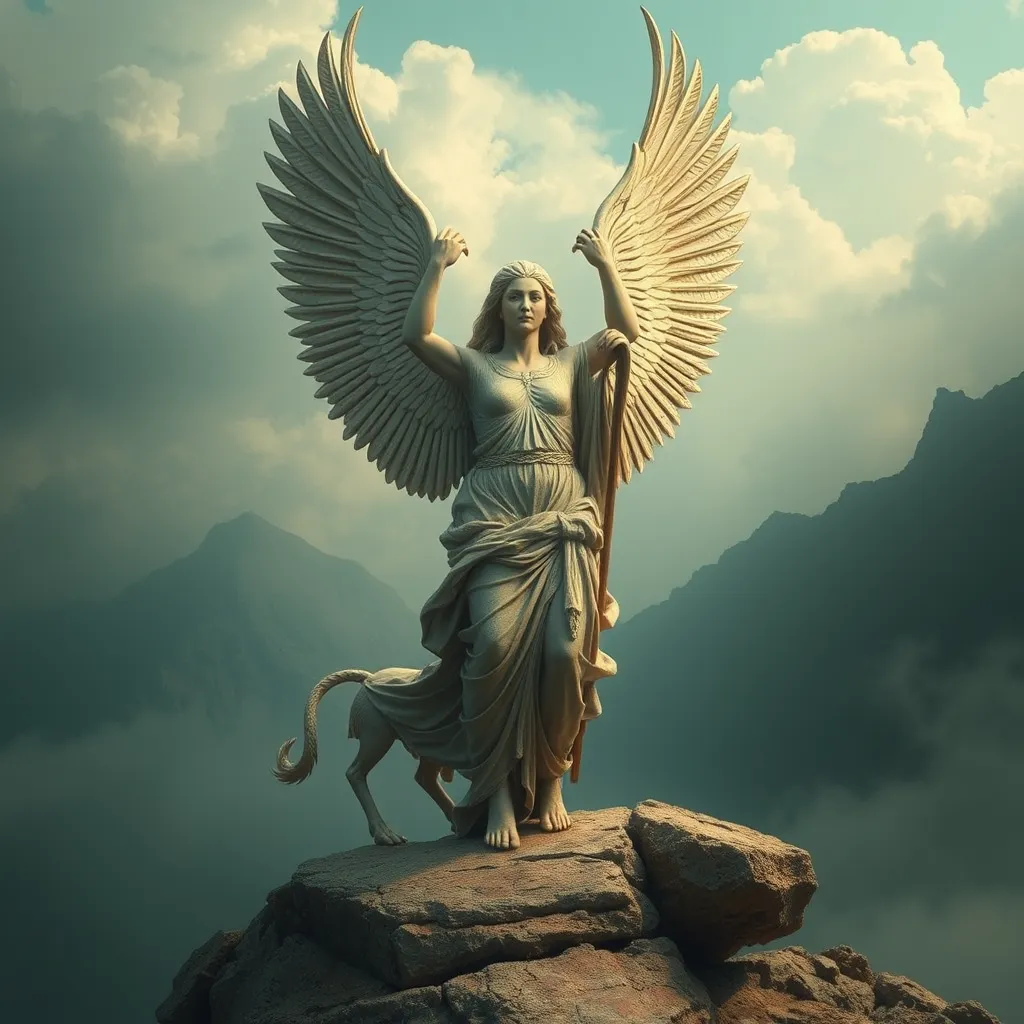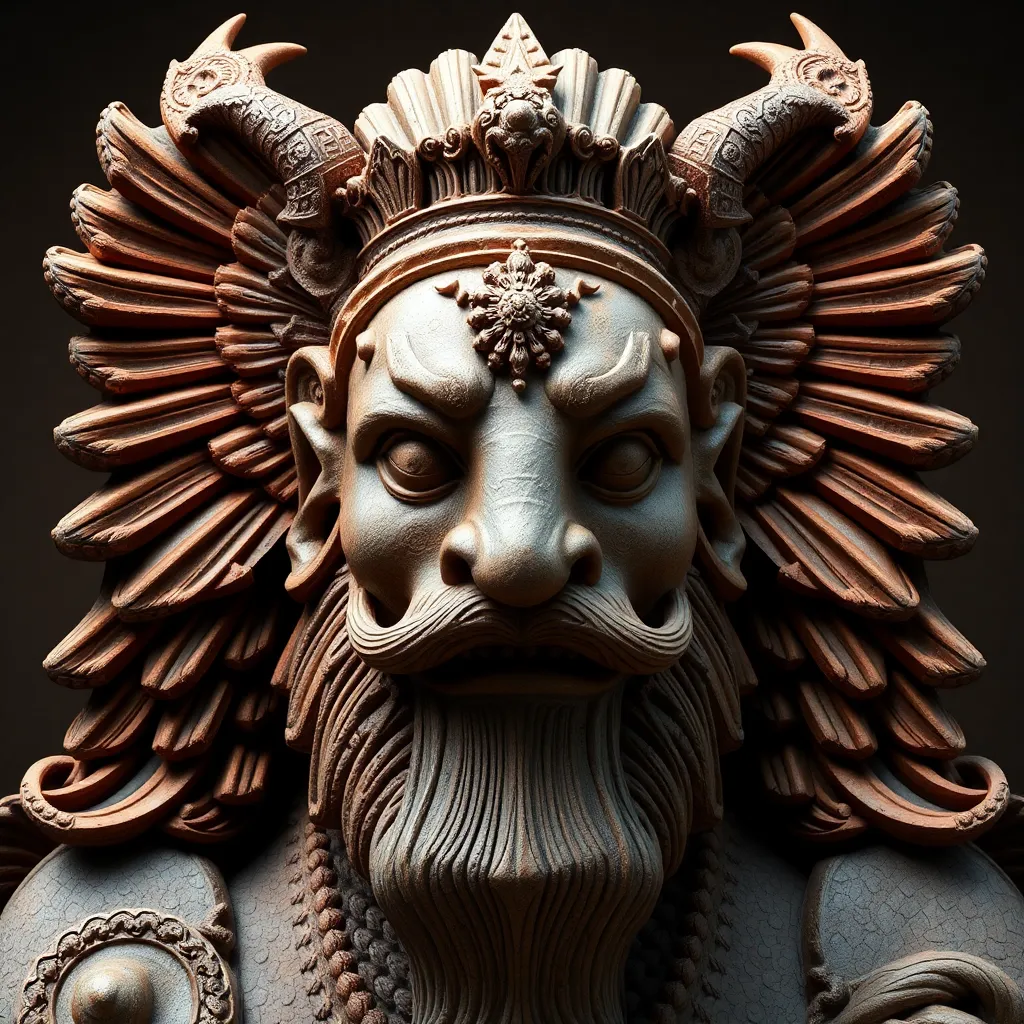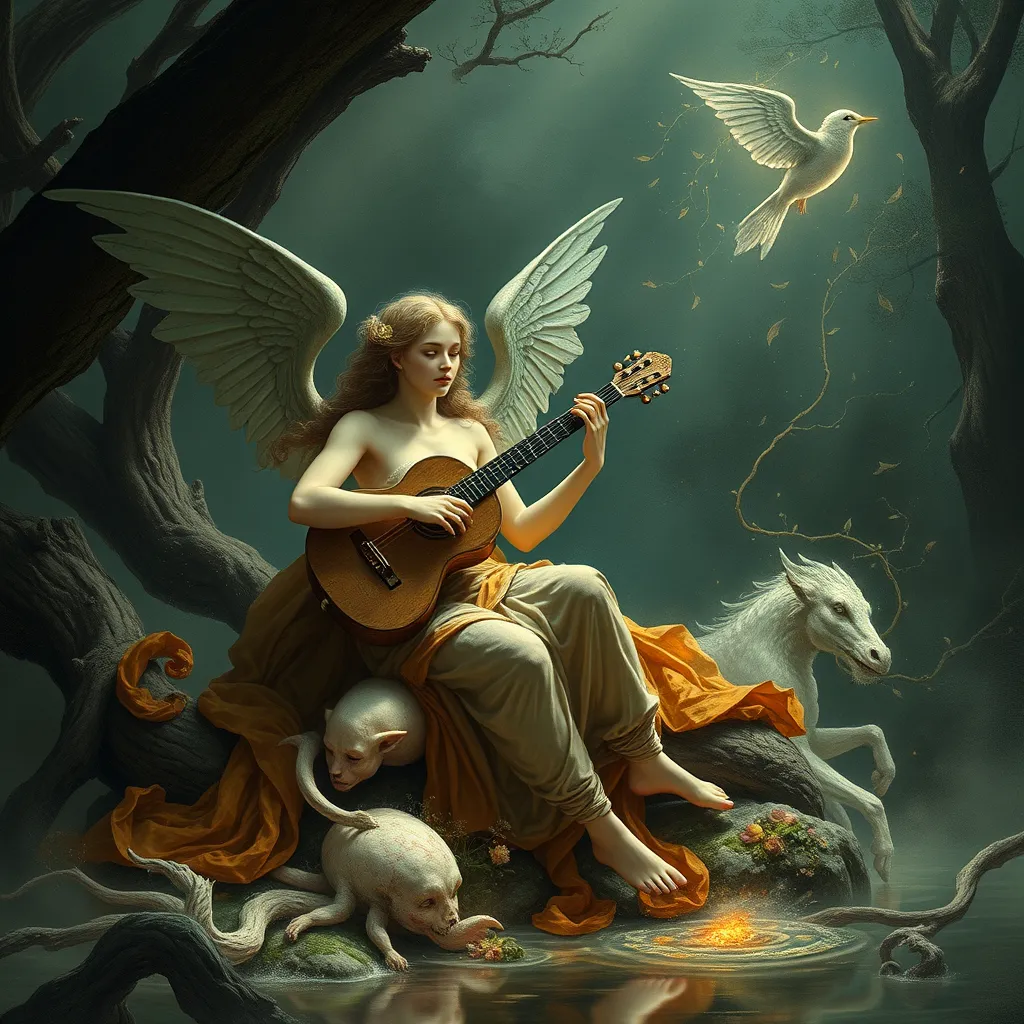Cerberus in Modern Art: Examining the Myth’s Influence on Contemporary Creativity
I. Introduction
Cerberus, the three-headed dog of Greek mythology, has captivated the imagination of cultures for centuries. As the fierce guardian of the Underworld, Cerberus symbolizes not only the barrier between the living and the dead but also the complexity of fear and protection. This article aims to explore the profound influence of Cerberus on modern art, examining how this ancient myth continues to inspire contemporary creativity across various mediums.
II. The Myth of Cerberus: Origins and Interpretations
The origins of Cerberus can be traced back to ancient Greek texts, where he is often depicted as a monstrous creature with three heads, a serpent’s tail, and a mane of snakes. His primary role as the guardian of the Underworld highlights his significance in maintaining the boundaries of life and death.
Historically, Cerberus has been referenced in works such as:
- Homer’s “Iliad” and “Odyssey”
- Virgil’s “Aeneid”
- Apollodorus’ “Library”
Throughout these texts, Cerberus serves as a formidable obstacle for heroes, symbolizing the fears and challenges one must confront. The myth has evolved across different cultures, being interpreted in various ways, from a representation of death to a symbol of loyalty and protection.
III. Cerberus as a Muse in Contemporary Art
In modern art, Cerberus has emerged as a powerful muse for numerous artists seeking to explore themes of duality, protection, and the liminal space between life and death. Artists from diverse backgrounds have drawn inspiration from this multifaceted figure.
Some notable artists inspired by the Cerberus myth include:
- Francisco Goya
- Pablo Picasso
- Damien Hirst
For instance, Goya’s works often reflect the darker aspects of human nature, paralleling the fearsome qualities of Cerberus. Picasso’s interpretations of mythological themes frequently delve into the complexities of identity and transformation, echoing the duality represented by Cerberus.
IV. Cerberus in Visual Arts: Paintings and Sculptures
Visual arts offer a rich canvas for interpreting the myth of Cerberus. Numerous paintings and sculptures have sought to capture the essence of this mythical creature.
Key paintings that depict Cerberus include:
- “Cerberus” by Gustave Moreau
- “Hercules and Cerberus” by Jean-Baptiste-Camille Corot
- “The Return of the Prodigal Son” by Rembrandt (featuring symbolic elements of Cerberus)
In addition to paintings, contemporary sculptures and installations have also explored the themes associated with Cerberus. Artists often employ various techniques and styles, from traditional stone carving to modern mixed media approaches, reflecting the evolving nature of artistic expression.
V. Cerberus in Literature and Performance Art
The influence of Cerberus extends beyond visual arts into literature and performance art. Numerous literary works reference this mythological figure, often using him as a metaphor for internal struggles, fears, and the nature of existence.
Notable literary examples include:
- Dante Alighieri’s “Inferno”
- H.P. Lovecraft’s “The Call of Cthulhu”
- Neil Gaiman’s “American Gods”
Performance art has also embraced the myth, with artists staging works that explore the themes of guardianship and the confrontation with fear. These performances often blend visual elements with narrative storytelling, creating an immersive experience for the audience.
VI. Cerberus and Pop Culture: Film, Video Games, and Beyond
The representation of Cerberus has permeated modern pop culture, finding its way into film, television, and video games. This widespread presence has transformed Cerberus from a mythical guardian into a recognizable figure in contemporary storytelling.
In film and television, Cerberus has appeared in various adaptations, including:
- “Harry Potter and the Sorcerer’s Stone” (Fluffy)
- “Percy Jackson & The Olympians: The Lightning Thief”
- Disney’s “Hercules”
Moreover, video games have utilized Cerberus as both a character and a thematic element. Games like “God of War” and “Dante’s Inferno” incorporate Cerberus as a formidable opponent, embodying the challenges faced by protagonists.
VII. Thematic Analysis: Fear, Protection, and Transformation
The themes associated with Cerberus—fear, protection, and transformation—resonate deeply with contemporary society. Artists exploring these themes often reflect on the duality of human experience, the struggle between light and darkness, and the protective instincts inherent in both individuals and society.
In modern art, these themes are often portrayed through:
- Juxtaposition of contrasting elements
- Symbolic representations of boundaries
- Exploration of psychological landscapes
The psychological interpretations of Cerberus in art can lead to profound reflections on the human condition, prompting audiences to confront their fears and consider the protective roles they embody in their lives.
VIII. Conclusion
In summary, the significance of Cerberus in modern art is profound and multifaceted. As both a symbol of fear and a guardian of boundaries, Cerberus embodies the complexities of human experience that artists continue to explore. The enduring legacy of myths like Cerberus highlights the relevance of ancient narratives in contemporary creativity, encouraging artists and audiences alike to reflect on the timeless themes that shape our understanding of the world.
As we look to the future, the exploration of mythological influences in art will undoubtedly continue, offering new insights and interpretations that enrich our cultural landscape.




